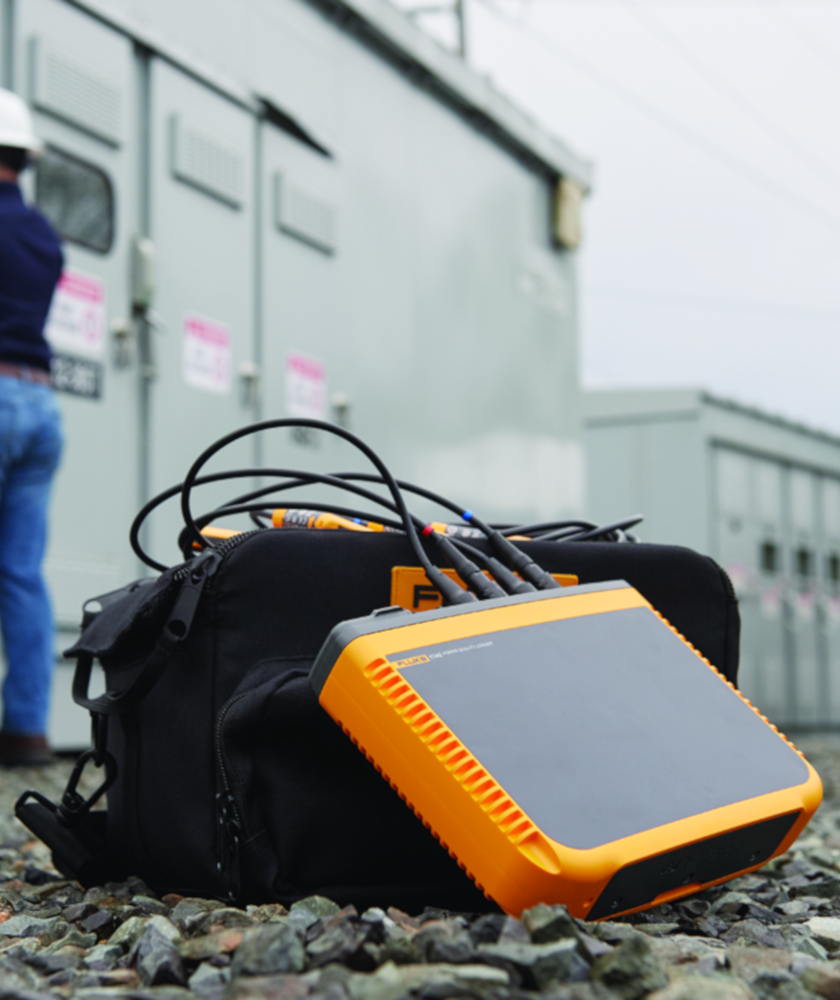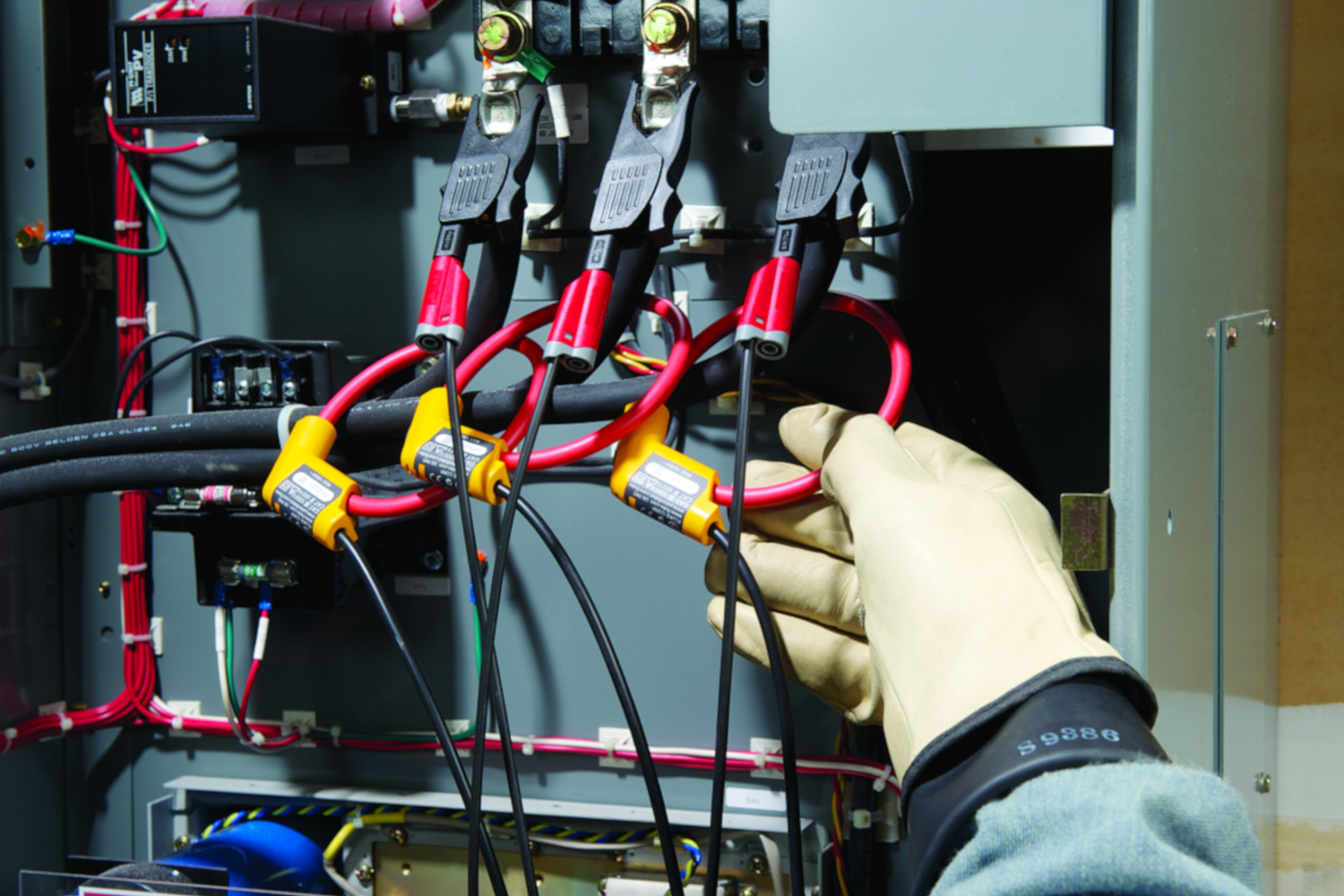Application note
The IEC 61000-4-30 Class A standard takes the guesswork out of selecting a power quality instrument.
Power quality logging, measurement and analysis is still a relatively new and quickly evolving field. Where basic electrical measurements like RMS voltage and current have well-defined measurement parameters, many power quality parameters have no such definition. This reality has forced leading manufacturers to develop their own algorithms for measuring these power quality properties, resulting in hundreds of unique, global measurement methodologies.
With so much variability between instruments, technicians must often spend time trying to analyze and understand the instrument’s capabilities and specific measurement algorithms instead of understanding the quality of the power itself. Standardizing on measurement methodologies creates the ability to directly compare results from different analyzers.

The IEC 61000-4-30 Class A standard defines the measurement methods, time aggregation, accuracy and evaluation, for each power quality parameter to obtain reliable, repeatable and comparable results. Additionally, the IEC 62586 defines the minimum set of parameters that must be implemented for Power Quality Instruments used in both portable and fixed installations.
As more manufacturers begin designing power quality measurement and analysis tools to Class A standards, technicians can be more confident in the measurements they are taking. All of this increases the accuracy, reliability, comparability and efficiency on the job. The standard is periodically updated as the industry evolves and new measurement scenarios are discovered or required. Since its introduction in 2003, the standard has been updated several times and is currently on Edition 3 (2015).
Examples of Class A requirements
Measurement uncertainty of supply voltage is set at 0.1 % of declared input voltage Udin over the range of 10 % to 150 % of Udin. It is important to note that in many cases only the accuracy at full scale is specified and while 0.1 % accuracy is relatively easy to achieve, achieving it over this wide range is more difficult.
Additionally, the requirement states that the measurement shall be ‘contiguous non-overlapping’ over a 10/12-cycle time interval for a 50/60 Hz power systems. This is important to note when looking at manufacturers specifications as units with high degrees of measurement uncertainty can lead to results that can be disputed either by the utility or their customer.
For instance, low cost power quality measurement systems often have higher uncertainty levels when measuring at the lower end of the scale (example: measuring on a Potential Transformer with phase to neutral voltage at 58 Volts). Also, when not measuring contiguously, variations may go unnoticed. These errors could mean a faulty piece of equipment is thought to be performing correctly when in fact it isn’t. With a Class A certified instrument, a technician can be confident that measurements have been classified with internationally accepted uncertainty values. This is especially important when verifying compliance to regulations or comparing results between instruments or parties. Functional test and uncertainty requirements for Class A equipment are detailed in IEC 62586-2.
IEC 6100-4-30 Class A standardizes the measurements of:
- Power frequency
- Supply voltage magnitude
- Flicker (by reference to IEC 61000-4-15)
- Voltage dips/sags and swells
- Voltage interruptions
- Supply voltage unbalance
- Voltage harmonics, and interharmonics (referenced to IEC 61000-4-7)
- Mains signaling voltage
- Rapid voltage changes
- Magnitude of current
- Current harmonics and interharmonics (referenced to IEC 61000-4-7)
- Current unbalance
Dips, swells and interruptions must be measured on a full cycle and updated every half cycle, enabling the instrument to combine the high resolution of half-cycle sampled data points with the accuracy of full-cycle RMS calculations. Relying only on full-cycle calculations could misidentify valid conditions, while using only half cycle may not provide the accuracy necessary to fully understand potential issues.
Aggregation windows are when a power quality instrument compresses measured data at specified periods. A Class A instrument must provide data in the following aggregation windows:
- The basic measurement time interval shall be a 10/12 cycle (~200 msec) at 50/60 Hz, note that the interval time varies with actual frequency
- 150/180 cycles (~3 sec) at 50/60 Hz, note that the interval time varies with actual frequency
- 10-min interval, synchronized with coordinated universal time (UTC)
- 2-hour interval for Plt flicker

External time synchronization is required to achieve accurate timestamps, enabling accurate correlation of data between different instruments. Accuracy is specified with ± 20 ms for 50 Hz and ± 16.7 ms for 60 Hz instruments, regardless of the total time interval. Achieving this accuracy requires either a GPS clock, via a GPS receiver, or NTP (Network Time Protocol), via Ethernet. When synchronization by an external signal becomes unavailable, the timing tolerance should be better than ±1 s per 24 h period. However, this more relaxed allowance does not confirm the measurements would be in compliance with Class A. The lack of accurate timestamps in lower cost power quality tools can make it extremely difficult to accurately troubleshoot power quality issues. This can lead to an inability to correctly identify the propagation of voltage events over the network when using multiple instruments.
The Harmonics FFT algorithm is narrowly defined such that all Class A instruments will arrive at the same harmonic magnitudes. The FFT methodology allows for infinite algorithms that can result in vastly different harmonic magnitudes if not regulated. Class A requires that harmonics must be measured with the same 10/20 cycle interval as the rms measurements, as per the Class I IEC 61000-4-7 / 2008 standard, using gapless harmonic subgroup measurement method. IEC 6100-4-7 describes multiple methods and algorithms for harmonics measurements, but IEC 61000-4-30 specifically calls out Class I Subgroup method.
Each of these Class A requirements plays an important role in providing accurate, reliable and comparable data for users, ultimately leading to better analysis and troubleshooting of power quality issues. In instruments without Class A compliance, the measured results cannot be easily compared against each other.
Conversely, Class A instruments will be consistent and comparable giving technicians the confidence they need to accurately analyze even complex power quality issues. For both utility companies and large-scale energy users, it is important to be able to verify the quality of incoming power, and to be able to determine if a power quality related problem originates from inside or outside the energy consumer’s premises.
Only tools specifically designed to troubleshoot, record and analyze power quality parameters can provide the detailed information needed to locate a disturbance source, and to correctly diagnose the problem. And, with Class A measurement conformity, these measurements can even be used in legal or contractual disputes, making it essential to choose an instrument that has this capability.
Fluke 1742, 1746 and 1748 Three-Phase Power Quality Loggers